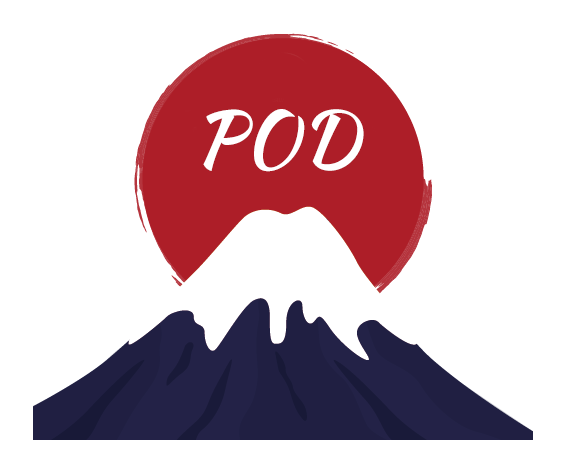Ukiyo-e, which translates to "pictures of the floating world," is a unique form of art that originated in Japan during the Edo period (1603-1868). This art style has its roots in the vibrant and bustling urban culture of the time and has evolved over centuries, reflecting the changing aesthetics and social dynamics of Japanese society.
The early days of ukiyo-e can be traced back to the 17th century when it primarily depicted the lives of courtesans, actors, and other denizens of the pleasure districts. Artists like Moronobu, who is often referred to as the father of ukiyo-e, focused on capturing the beauty and allure of these individuals. The prints were created using woodblock printing techniques, allowing for mass production and widespread distribution.
As the popularity of ukiyo-e grew, so did its subject matter. Artists began to explore other themes such as landscapes, historical events, and even supernatural creatures. One of the most renowned ukiyo-e artists, Hokusai, is famous for his series "Thirty-Six Views of Mount Fuji," which showcased the majestic beauty of the iconic mountain from various perspectives.
During the 19th century, ukiyo-e played a significant role in shaping the perception of Japan in the eyes of the Western world. As Japan opened its doors to international trade, foreign merchants and travelers became fascinated by the unique art style. Ukiyo-e prints started to be exported to Europe, where they influenced Western artists such as Vincent van Gogh and Claude Monet. The bold use of color, dynamic compositions, and attention to detail captivated the imagination of these artists and left a lasting impact on the development of European art.
However, the Meiji restoration in the late 19th century brought significant changes to Japan. The country rapidly modernized, and traditional art forms like ukiyo-e started to decline in popularity. Western influences began to dominate the art scene, and ukiyo-e was seen as outdated. The decline continued into the 20th century, and ukiyo-e was on the verge of extinction.
Fortunately, a revival of interest in ukiyo-e occurred in the mid-20th century, thanks to the efforts of dedicated artists and collectors. They recognized the historical and cultural value of this art form and worked to preserve and promote it. Today, ukiyo-e continues to thrive, with artists combining traditional techniques with contemporary themes and styles.
The evolution of ukiyo-e is a testament to the enduring nature of Japanese art. From its humble beginnings as a medium for entertainment and pleasure, it has transformed into a symbol of cultural heritage and artistic expression. The prints offer a window into the past, allowing us to glimpse the daily lives, aspirations, and dreams of the people who lived centuries ago.
In conclusion, the journey through centuries of Japanese art is incomplete without an exploration of ukiyo-e. Its evolution reflects the changing times and societal shifts that Japan experienced. From the pleasure districts of the Edo period to the global recognition in the modern era, ukiyo-e has left an indelible mark on the art world and continues to captivate audiences worldwide.
Related recommendations:
Products designed with the 10 most popular ukiyo-e themes.

